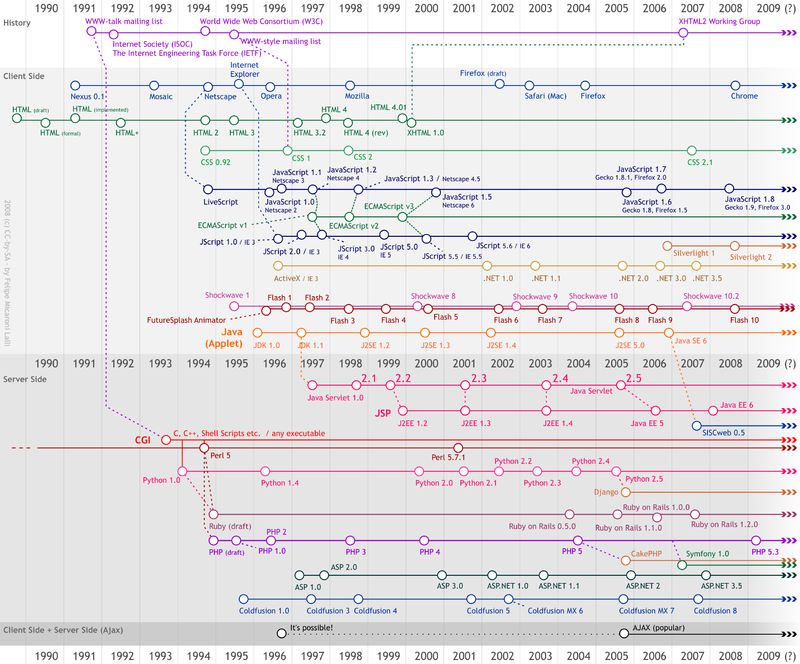Introduction to HTML
- Introduction to Web Development and HTML Basics
- HTML Advanced Level
- Introduction to CSS
Introduction to Web Development and HTML Basics
Understanding Web Development

Development of a website for the Internet.
Web development is a broad term that encompasses all the activities involved in creating a website. From a single static page of plain text to complex web-based applications, social network services, or electronic businesses - all fall under the umbrella of web development.
Role of Web Developers
Web developers are the architects of the web. They construct the tangible interface with which users interact on the internet. Web developers are typically categorized into two types:
-
Front-end Developers: They deal with the client-side programming and work on the 'front' of the website, i.e., what you see on your browser. They use languages like HTML, CSS, and JavaScript to build the visual aspects of a website, such as layout, navigation, graphics, and other aesthetics.
-
Back-end Developers: They handle the server-side programming and work on the 'back' of the website, i.e., behind-the-scenes operations. They ensure that data or services requested by the front-end system or software are delivered through programmatic means. They work with languages like PHP, Ruby, Python, Java, and .Net to build applications, and tools like MySQL, Oracle, and SQL Server to find, save, or change data and serve it back to the user in front-end code.
Understanding the Client-Server Model
The client-server model is a distributed application structure that partitions tasks or workloads between the providers of a resource or service, called servers, and service requesters, called clients. In the web development context, the client would be the browser on your computer (like Chrome, Firefox, or Safari) and the server is the computer where the website lives.
When you type a website address into your browser, a request goes out to the website's server. The server processes this request and sends back the files your browser needs to display the website. These files are written in HTML, CSS, and JavaScript. Once your browser has these files, it renders the website and displays it to you.
In the next units, we will delve deeper into HTML, the fundamental language used to create websites. We will learn about its syntax, tags, and elements, and how to use them to structure a web page.